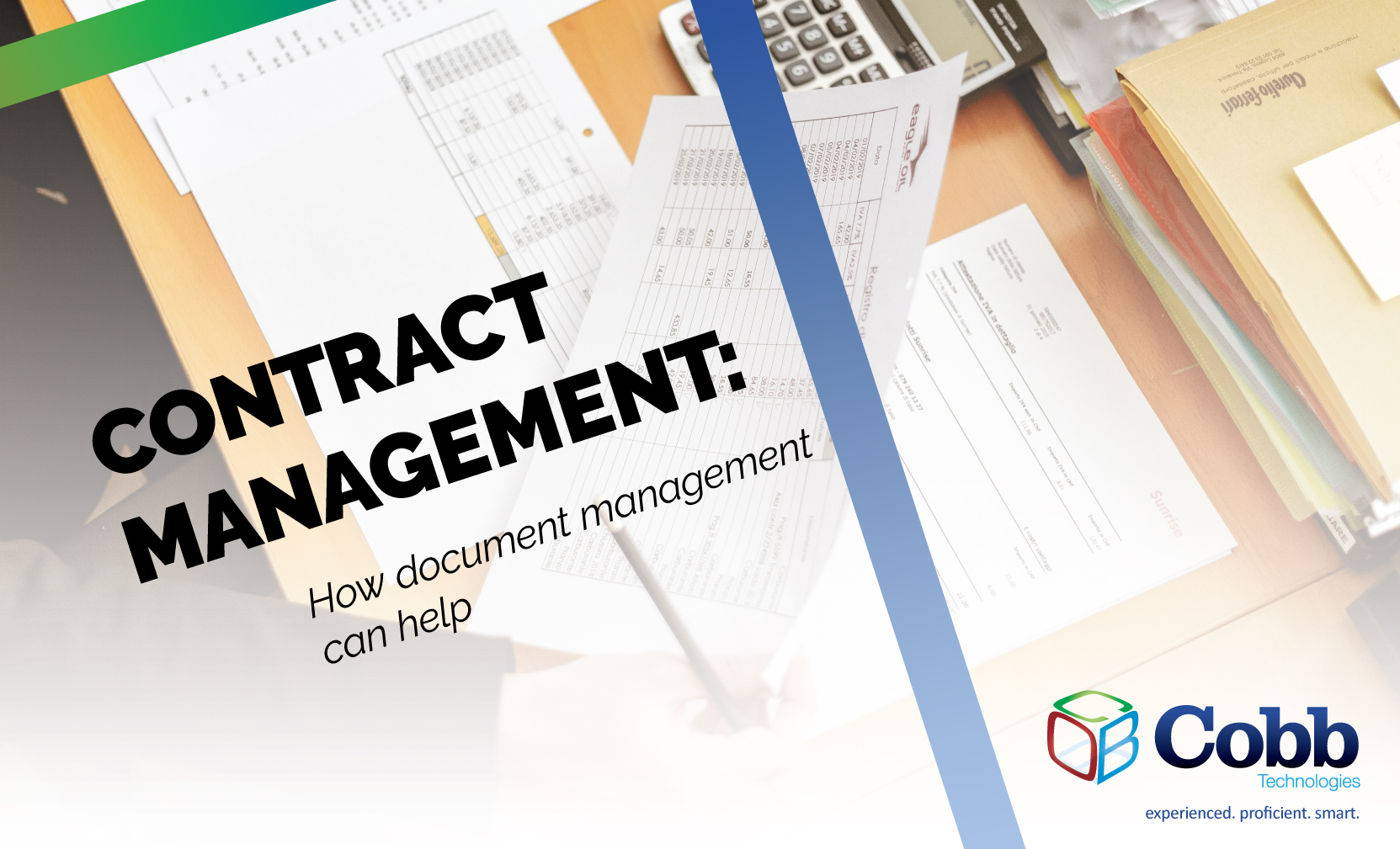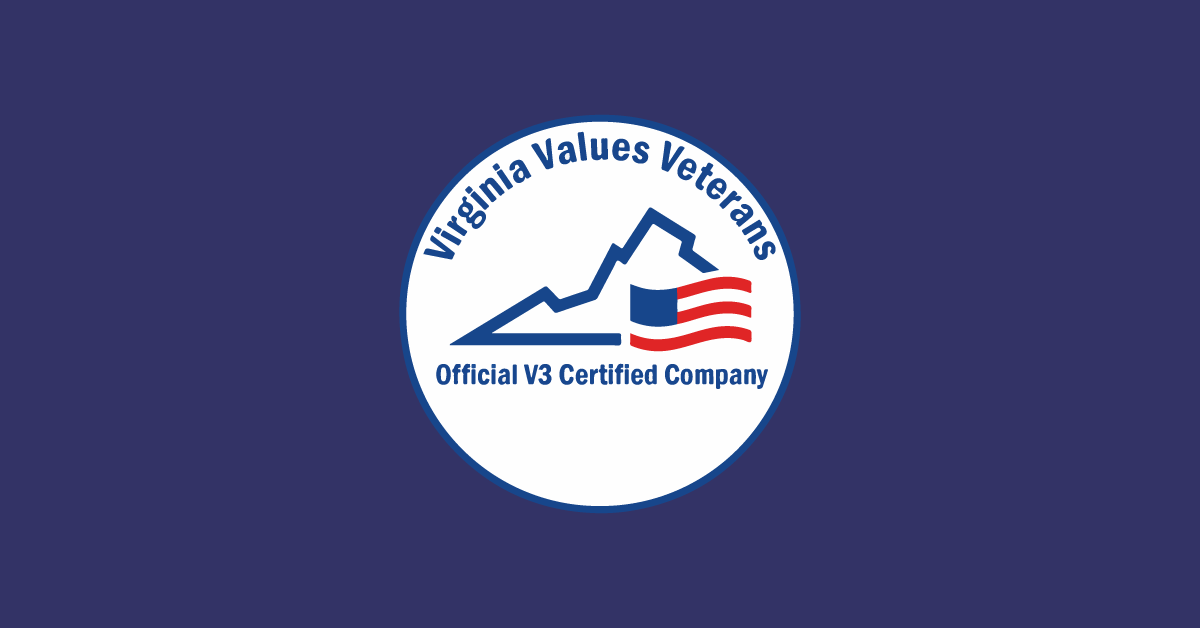3 min read
Building Culture That Works: Cobb Tech Named One of VA's Best
Cobb Technologies has been honored as one of the 2025 Best Places to Work in Virginia by Virginia Business and Best Companies Group. This prestigious...

How much of your business’ growth has been impeded by inefficient processes? Probably more than you would like to admit. But that is okay — in the past five years, let alone the hurricane of change that was 2020, the way we do business has morphed drastically.
The pace of work has increased dramatically — there’s always more to do, and at a higher rate than ever before. For many businesses, however, the processes that grease the wheels haven’t caught up to the speed at which they need to be completed.
With this increase in speed comes the need for greater version control and employee accountability — which were already difficult to perfect before the speed of business started to ramp up.
We’ve seen a lot of businesses struggle with meeting this challenge — and not because their employees were unable to do what was needed. Simply put, the tools they were using were outdated, time-consuming, and most dreaded of all, inefficient.
You can probably identify a few areas in your business that always seem to move slow. And, if you haven’t started the automation of internal processes in your business, one of these trouble areas is most likely contract management.
For hundreds, thousands, and maybe even hundreds of thousands of years, we have manually managed contracts. From the first hunter-gathers who shook hands on an agreement to share resources, to the Declaration of Independence, and all the way to the invention of the internet as we know it today, contracts have passed from person-to-person, without any process control other than the personal responsibility of the parties involved.
Now, your business most definitely isn’t signing contracts with clients on parchment with an ink quill, but if you’re still using email, you might as well be using the technology available in 1776’s Philadelphia.
Contracts, by their very nature, are collaborative documents — and email is hardly collaborative. While faster than sending a letter, email is not a form of instant communication — and nor is is easy to control. How often do you mistakenly press “Reply,” instead of “Reply All”?
Cutting out a key player accidentally can cause confusion, or even worse, a disagreement in the contract drafting process. More importantly, it is virtually impossible to ensure version control of your contracts when collaborating through email. If your sales representative sends a contract to their manager, who then sends it to your CFO, how can you be sure the sales rep and the CFO are looking at the same document?
What happens if the sales rep sends an out-of-date contract to the client, who then signs a legally-binding, but incorrect contract?
And while we’re on the topic of signing a contract, how many extra steps does email add to the signing process? Your sales rep will; 1) send the document via email to the client, who then 2) prints it out, reviews it, and signs it, and then 3) scans the document, which is then 4) emailed back to the sales representative. This manual chain of events not only cuts into your time, it opens the gates for more mistakes to find their way into your contract at the last minute.
How many times has a client marked a contract to change a detail, and then sent it back to you signed? Chances are, this is a non-zero number. With a manual process, last minute changes like these are extremely difficult to catch.
Last but not least, manually managing contracts takes time out of your employees day — and time is their most precious resource. How many delays happen because an employee was pulled into a meeting, and was then unable to send a contract to their manager? How many contracts have been lost or forgotten in email chains?
Automating the process of contract management essentially closes the accountability and time gaps present in your manual process. Automated contract management can be customized to your internal process structure — if, like in the example given above, your sales rep sends a contract draft for approval to their manager, who then sends it to the CFO, who ultimately approves the contract, automation software can be tailored to that workflow.
While automation has the ability to cut out the middle-man in this scenario, it does not necessarily mean it will. So, you may be wondering, if automation won’t reduce the number of collaborators for contract management, how does it speed up the process?
What content management systems do is close the gaps between the steps, and bring all activity to a single file. What this means is that when the aforementioned sales rep creates a new contract, all of the parties that are responsible for its creation will be sent a notification. When it is their turn to interact with the document, the content management system will automatically send it to them, ensuring that even if the sales rep is busy meeting another client, the next employee in the chain will still receive the contract.
Having a singular file makes version control simple — and with content management systems providing the opportunity to review all changes throughout the history of the document, and the ability to revert changes made, or implement specific edits, there is no opportunity for information to be lost or for miscommunication to take place.
By cutting out the steps in between that create bottlenecks, and cutting out any opportunity for a version of the contract to be lost, content management systems take the stress and expense out of managing contracts.
If you’d like to talk to our experts on document management about which platforms we recommend, you can reach out to us at managedservices@cobbtechnologies.com. Or, if you’d like to learn more about document management, you can check out the rest of our blog.

3 min read
Cobb Technologies has been honored as one of the 2025 Best Places to Work in Virginia by Virginia Business and Best Companies Group. This prestigious...

5 min read
Cobb Technologies is honored to hold the SWaM (Small, Women-owned, and Minority-owned Business) certification, awarded by the Commonwealth of...

5 min read
Every year, thousands of Veterans transition from military service to civilian careers in Virginia, bringing invaluable skills and experiences to...